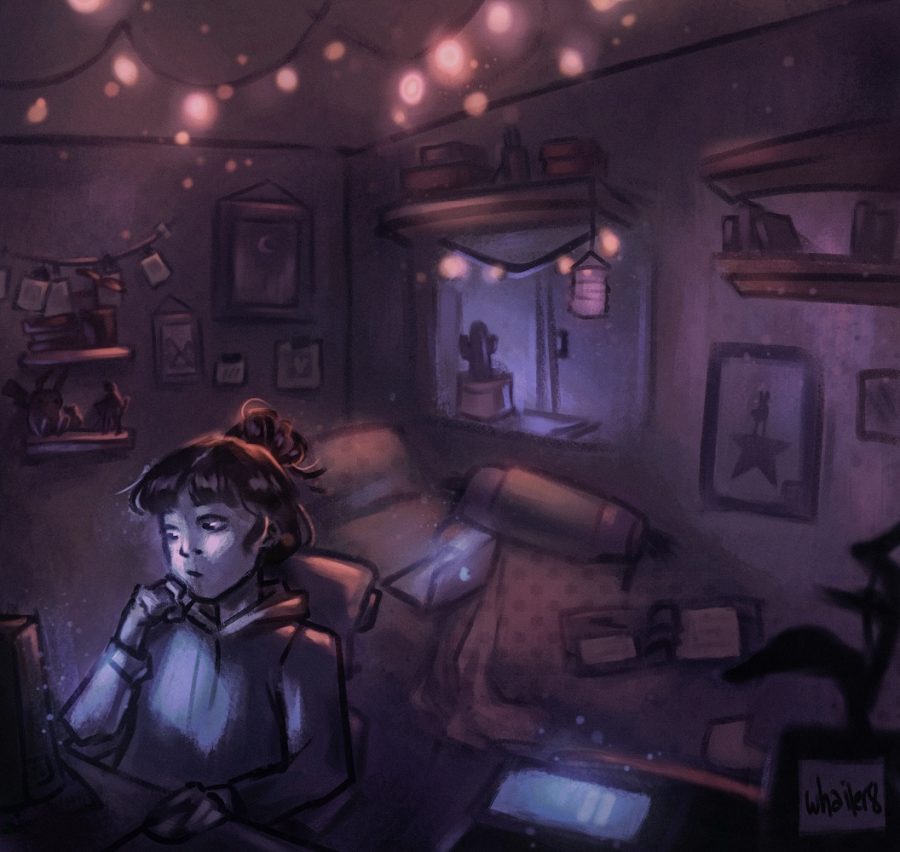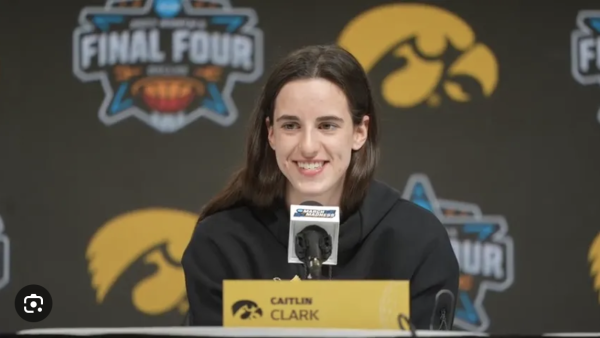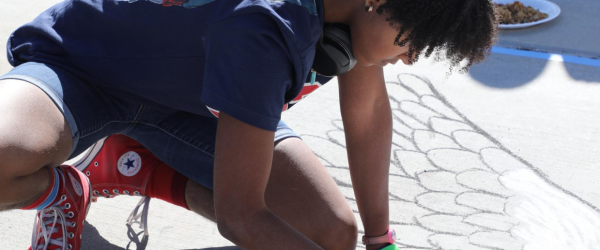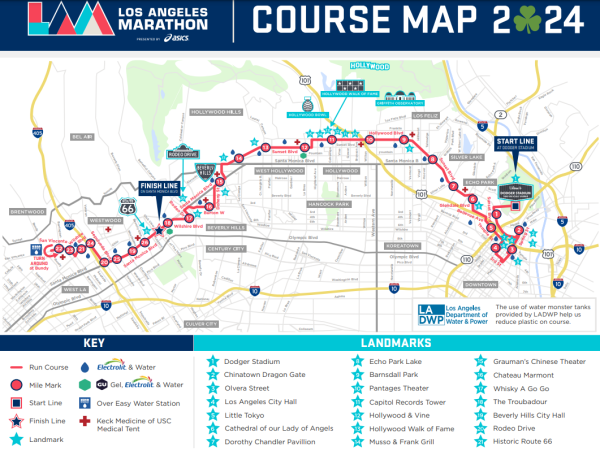Digital Learning is Harming Students’ Eyesight
Learning online has caused students to stare at a screen for numerous hours a day, which causes damage to their eyes.
October 3, 2020
As a result of the coronavirus outbreak, schools throughout the United States have turned towards digital platforms to teach while ensuring student and staff safety. Students are staring at their screens for hours at a time, with short breaks in between each class. The time students spend doing online homework and on non-academic tasks, such as social media and video streaming, also adds to their total daily screen time. Karyss Park (10) agrees and says her “eyes are very fatigued every day, and after the school day ends, [she has] to spend even more time looking at a screen to do homework.”
One of the most harmful effects of digital learning is the emission of blue light from screens. Although blue light is everywhere and it is beneficial to one’s health, continuous exposure to it, especially at night, is harmful. All About Visions states that blue light damages the retina, which can cause macular degeneration. Symptoms of macular degeneration include eye irritation and blurred vision. Exposure to blue light can also mess with sleep schedules by tricking one’s brain to think that it is the opposite time of day.
However, many unique solutions to prevent vision impairment have been established. One example is blue light blocking glasses. These glasses are created to filter out blue light, therefore preventing it from damaging the eye. Although the glasses seem to be highly beneficial to those who spend numerous hours on digital devices, some people question if the glasses are actually helpful. According to Medical News Today, experts are still unsure if blue light blocking glasses can prevent eye damage. Because of this, people who consider purchasing these glasses should consider the opinions of those who have tried them for themselves. If the customers experience less irritation while using the glasses, then they must have some sort of benefit.
If purchasing blue light blocking glasses is unfavorable, students can choose to use another method to limit blue light exposure. One method is to turn on a night mode when using devices at night. The device will use warmer and less vibrant colors that prevent blue light emissions. This setting can be found on pretty much every device and can easily be set to a timed schedule.
Another method is to simply reduce the amount of time looking at a digital device. When working on assignments or attending class, students can take a break and look away from the screen using the 20-20-20 method. This method includes looking away at something twenty feet away for twenty seconds every twenty minutes. By taking short breaks like this, students can limit the amount of eye strain they receive from their screens.























Sharon Sun • Oct 10, 2020 at 7:56 PM
Hey Tiana, I completely agree with this! I have a pretty small laptop that I use for all my school stuff, and just staring at the screen (especially when the cameras get super pixelated) really just exhausts my eyes. On a side note, I really like Emily’s art that you used here. It just emits a really cozy vibe that’s perfect for studying or relaxing.
Kylie de Best • Oct 9, 2020 at 10:23 PM
I totally agree! Even looking at the screen right now is sort of hurting my eyes from being on the computer all day haha. Overall, I feel incorporating both the problem of looking at screens all day and a solution made this article feel complete, and the artwork Emily did is a perfect example of the blue light we are staring at.